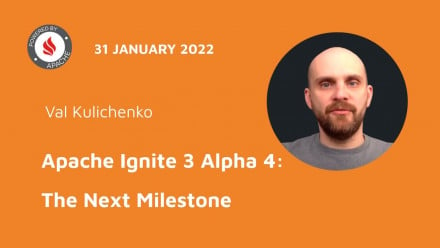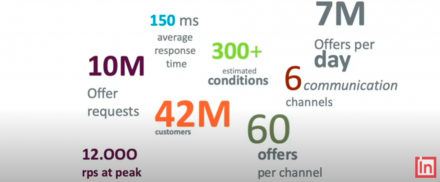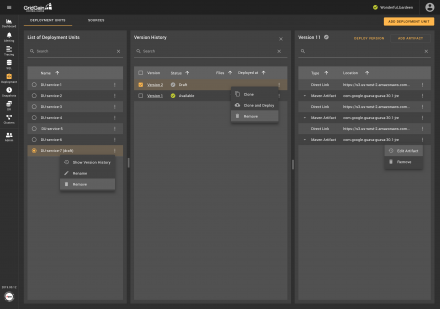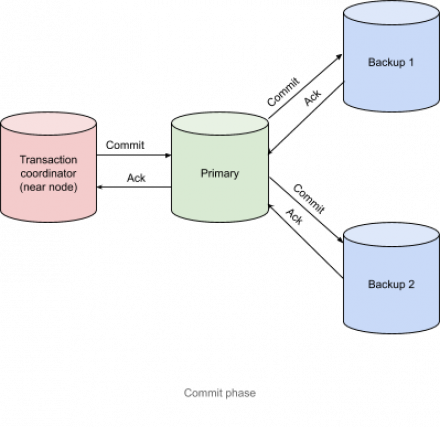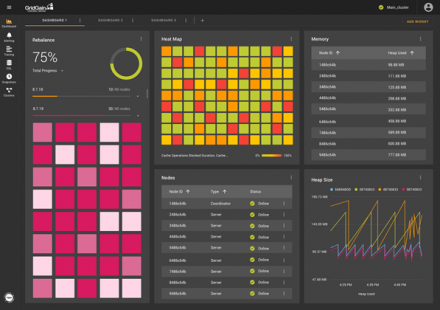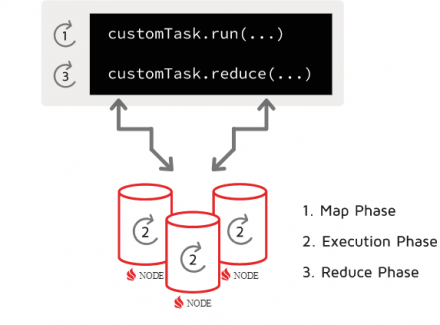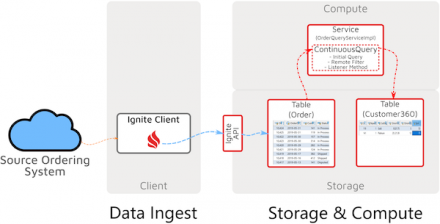GridGain Blog
The virtual Ignite Summit on June 14 attracted hundreds of Igniters from around the globe excited to learn and share
their experiences. (Video of all sessions is available on-demand here.)
The event, organized by GridGain and the Apache Ignite community, was preceded the day before
by free technical training sessions on Apache Ignite essentials, compute grid, and Apache Ignite with Spring Boot…
GridGain is a USA-based company that has always prided itself on being a global corporation, with employees and customers around the world. A proponent of open-source software and the original authors of the highly popular Apache Ignite in-memory platform, our company has always embraced the diversity of thought and contribution that can only come from a worldwide community.
The brutal war and…
Great news: The Apache Ignite Community has released the fourth alpha build of Ignite 3!Ignite 3 is a project that aims to create the next generation of the Apache Ignite platform, modernize and improve the usability of the product while keeping its power and flexibility. It’s been quite a journey since the project started in late 2020 – I’ve been sharing the updates along the way in a series of…
Customer 360 View is a significant aspect of digital transformation, enabling organizations to gain insights into customer behavior. Armed with this understanding, companies can make data-driven decisions to serve their customers with personalized experiences and promote growth through targeted marketing. Yet, gaining this 360 view is data-intensive and requires quick access to up-to-date…
TIBCO DataSynapse GridServer and Apache Ignite are both distributed computing solutions that provide high-performance capabilities.
The TIBCO DataSynapse GridServer deployment consists of Managers and multiple Engine hosts to scale any application at any time. TIBCO designed this highly scalable software infrastructure for enterprise organizations. It enables users to submit multiple…
In my previous blog posts—Ignite 3 Alpha: A Sneak Peek into the Future of Apache Ignite and Just Released: Apache Ignite 3, Alpha 2—I talked about the Apache Ignite community's journey toward Ignite 3, the next generation of the Apache Ignite database.It's a tradition within the Ignite community to provide an Ignite 3 alpha release every few months. This tradition enables everyone interested in…
In this article, we look at how transactions work in Apache Ignite. We begin with an overview of Ignite’s transaction architecture and then illustrate how tracing can be used to inspect transaction logic. Finally, we review a few simple examples that show how transactions work (and why they might not work).
Note that we assume you are familiar with the concept of key-value storage. If not,…
Imagine that we need to build a monitoring infrastructure for a distributed database, such as Apache Ignite. Let’s put metrics into Prometheus. And, let’s draw charts in Grafana. Let’s not forget about the notification system—we’ll set up Zabbix for that. Let’s use Jaeger for traces analysis. For state management, the CLI will do. As for SQL queries, let’s use a free JDBC client, such as DBeaver.…
Publisher's Note: the article describes a custom data loading technique that worked best for a specific user scenario. It's neither a best practice nor a generic approach for data loading in Ignite. Explore standard loading techniques first, such as IgniteDataStreamer or CacheStore.loadCache, which can also be optimized for loading large data sets.
Now, in-memory cache technology is becoming…
Using the initial-query, listener, and remote-filter features of Ignite continuous queries to detect, filter, process, and dispatch real-time events
(Note that this is Part 3 of a three-part series on Event Stream Processing. Here are the links for Part 1 and Part 2.)
Real-time handling of streams of business events is a critical part of modern information-management systems, including online…





